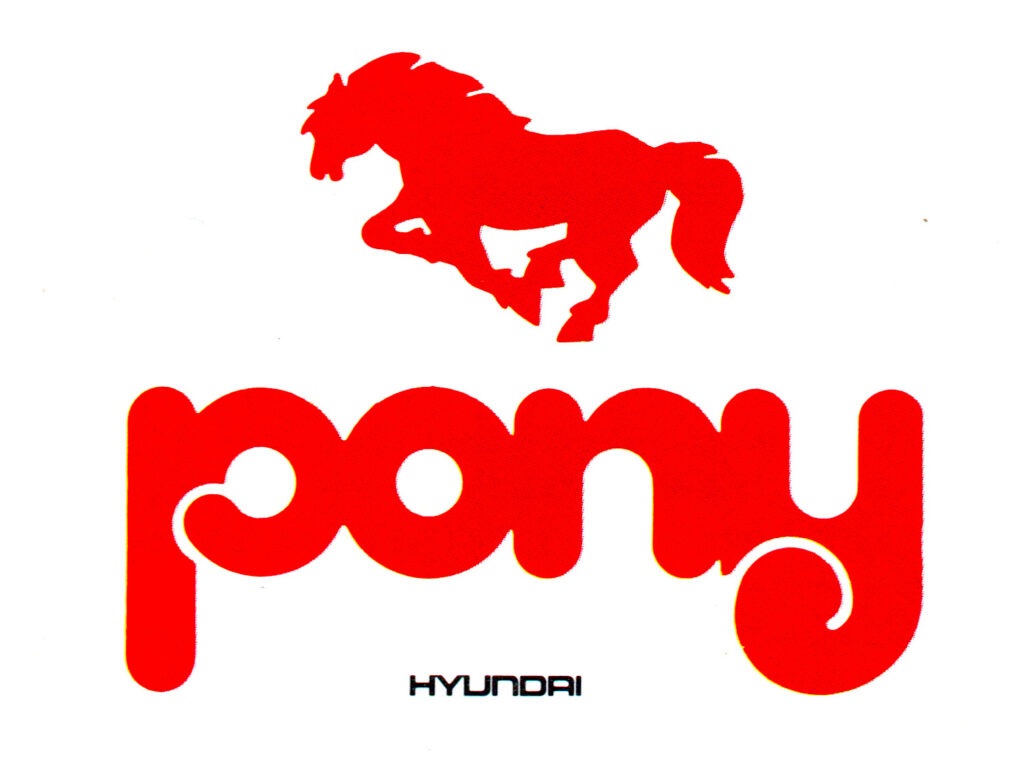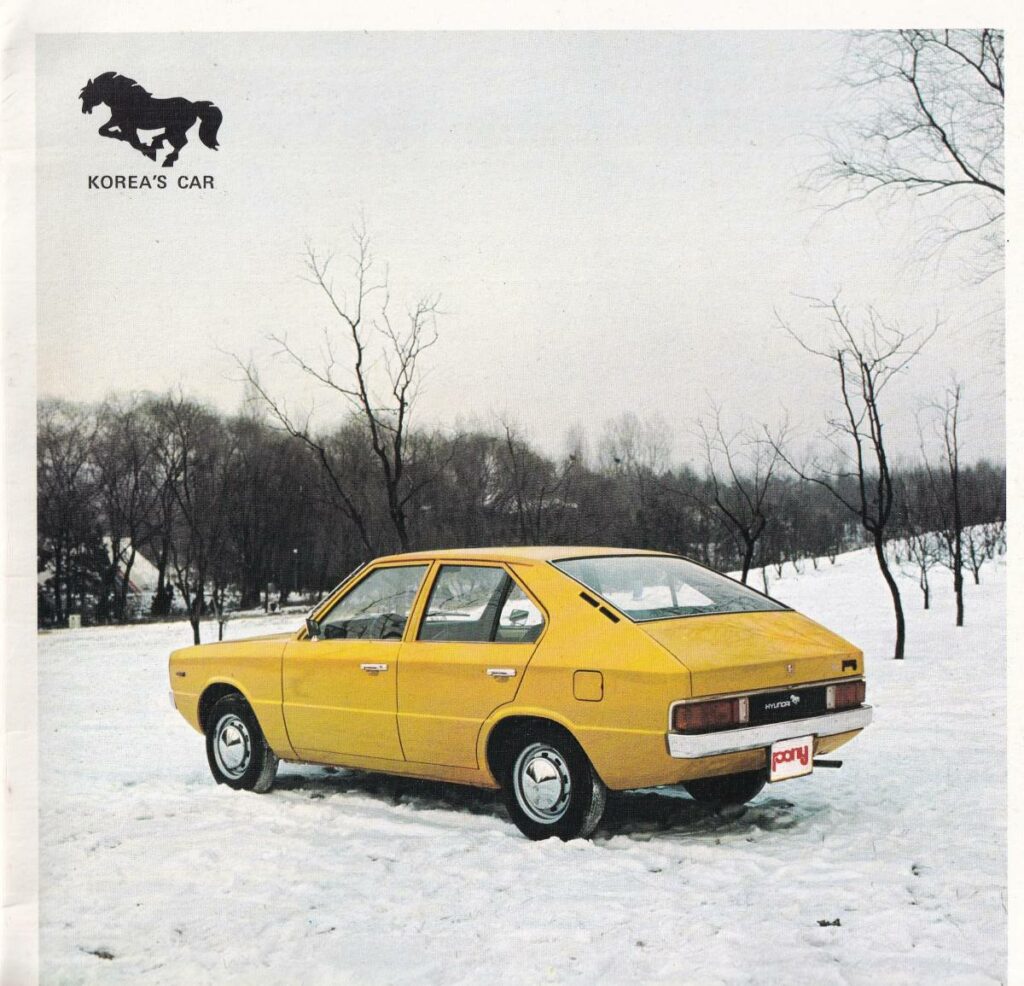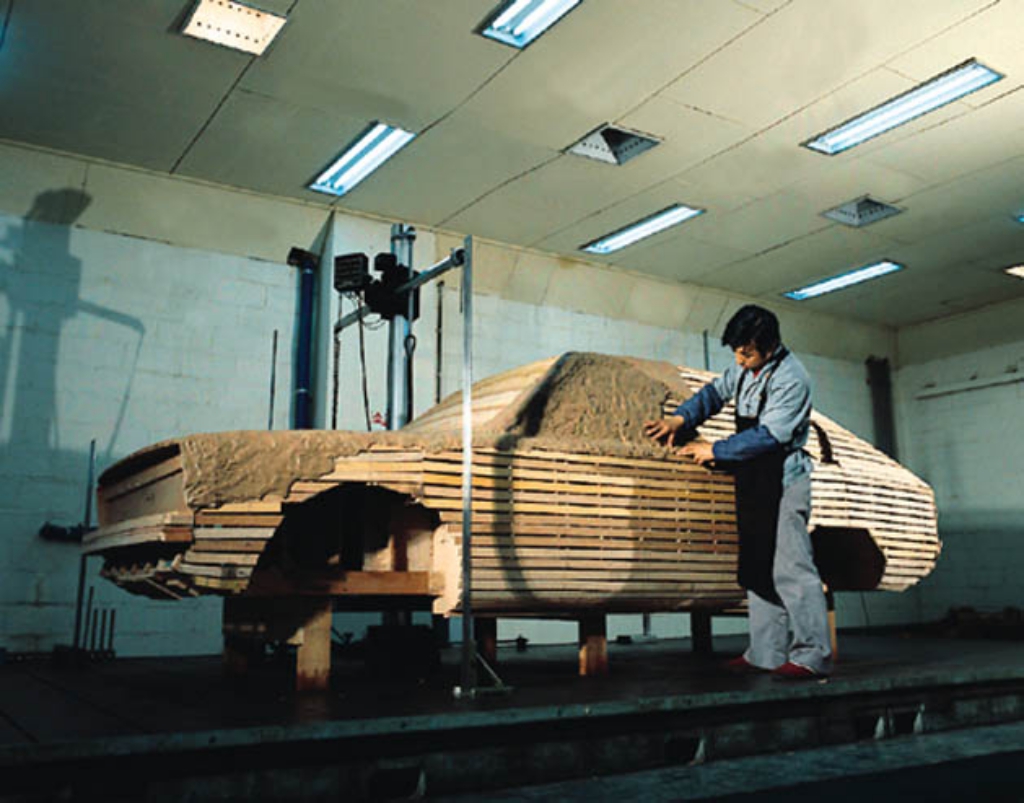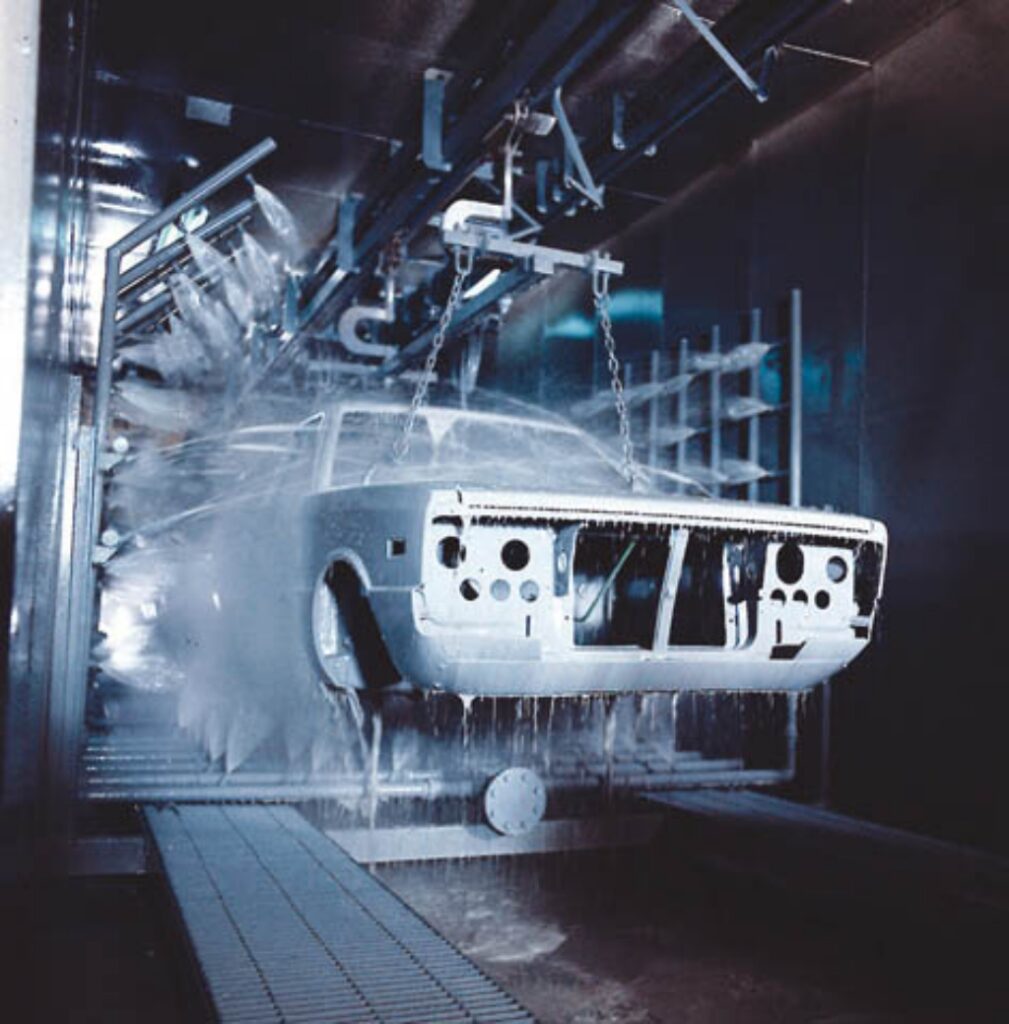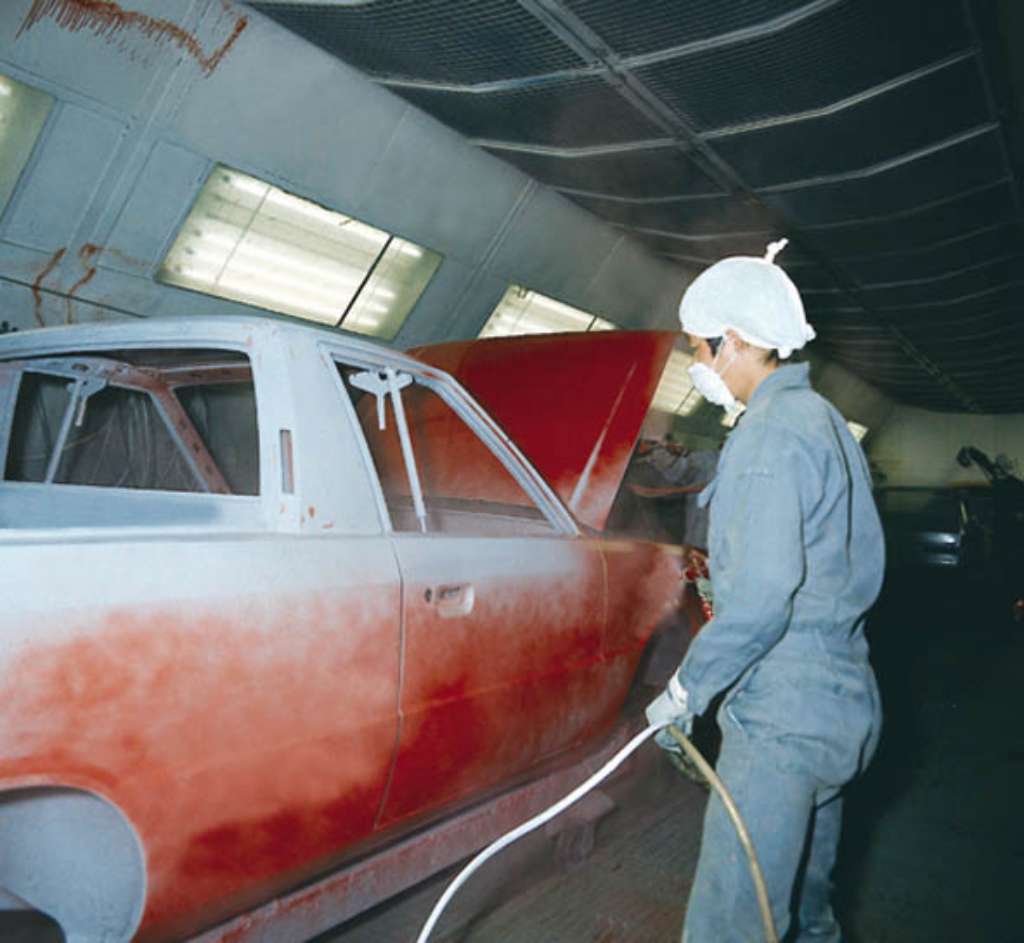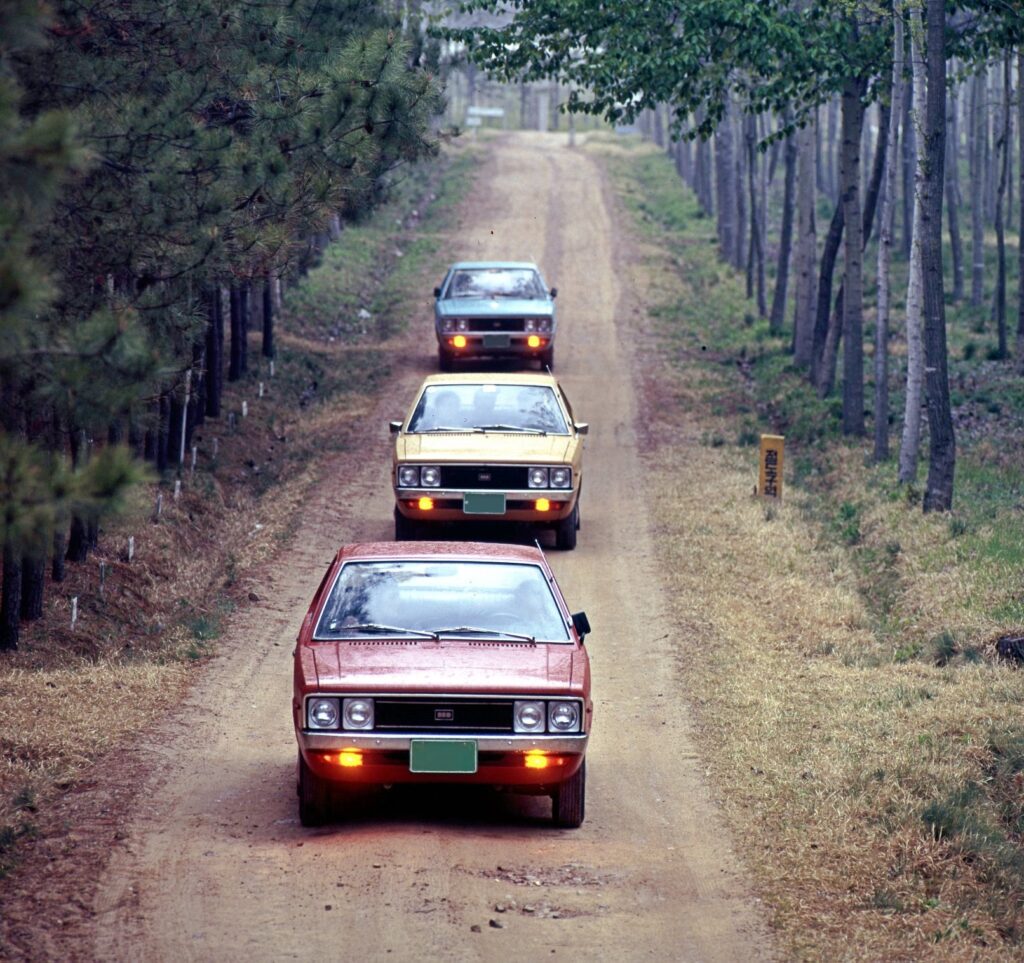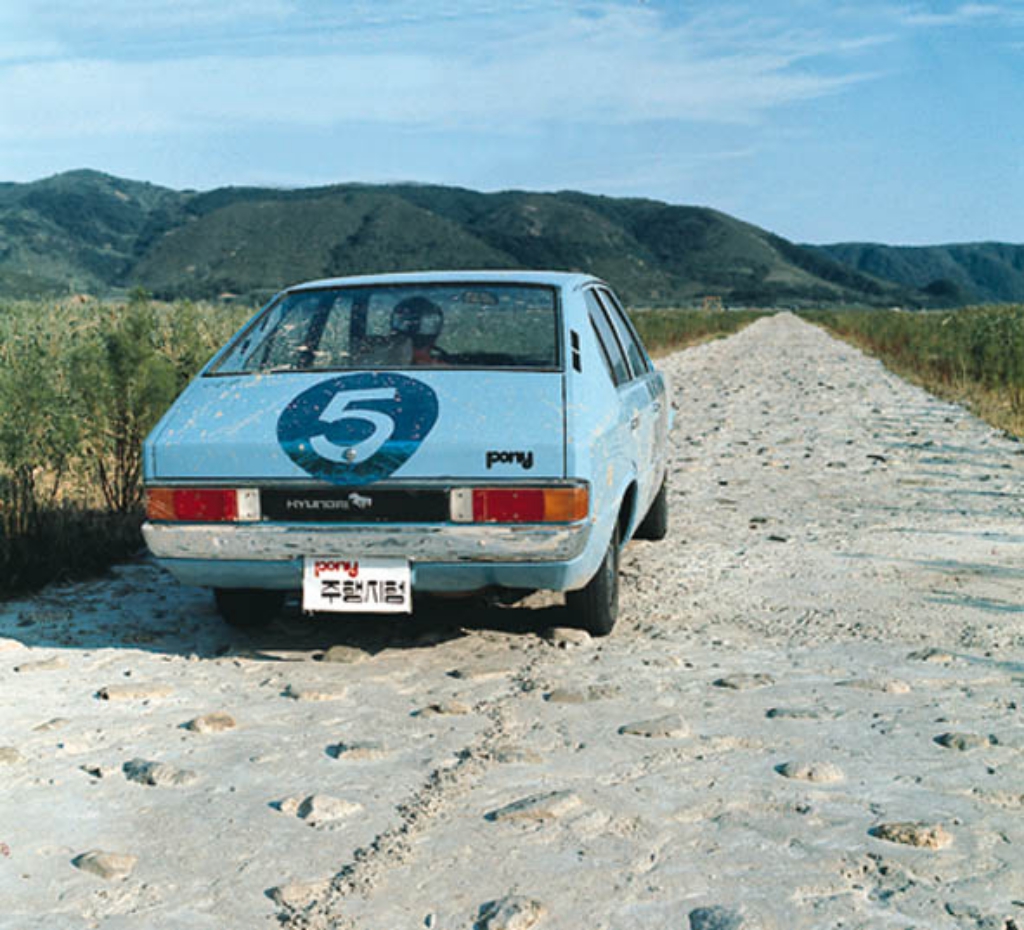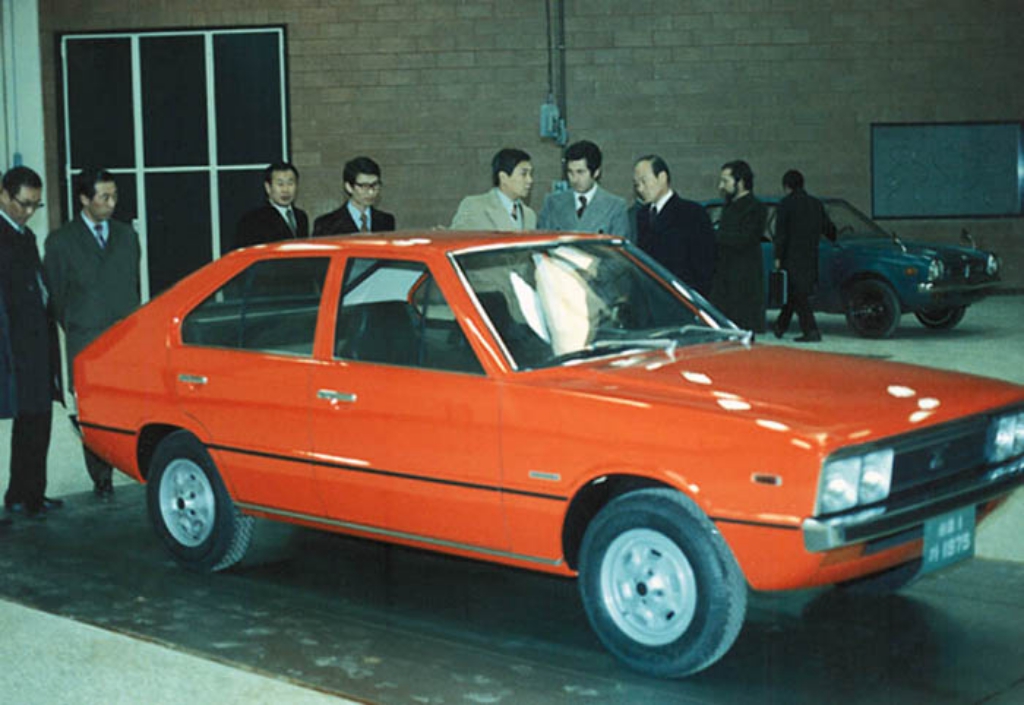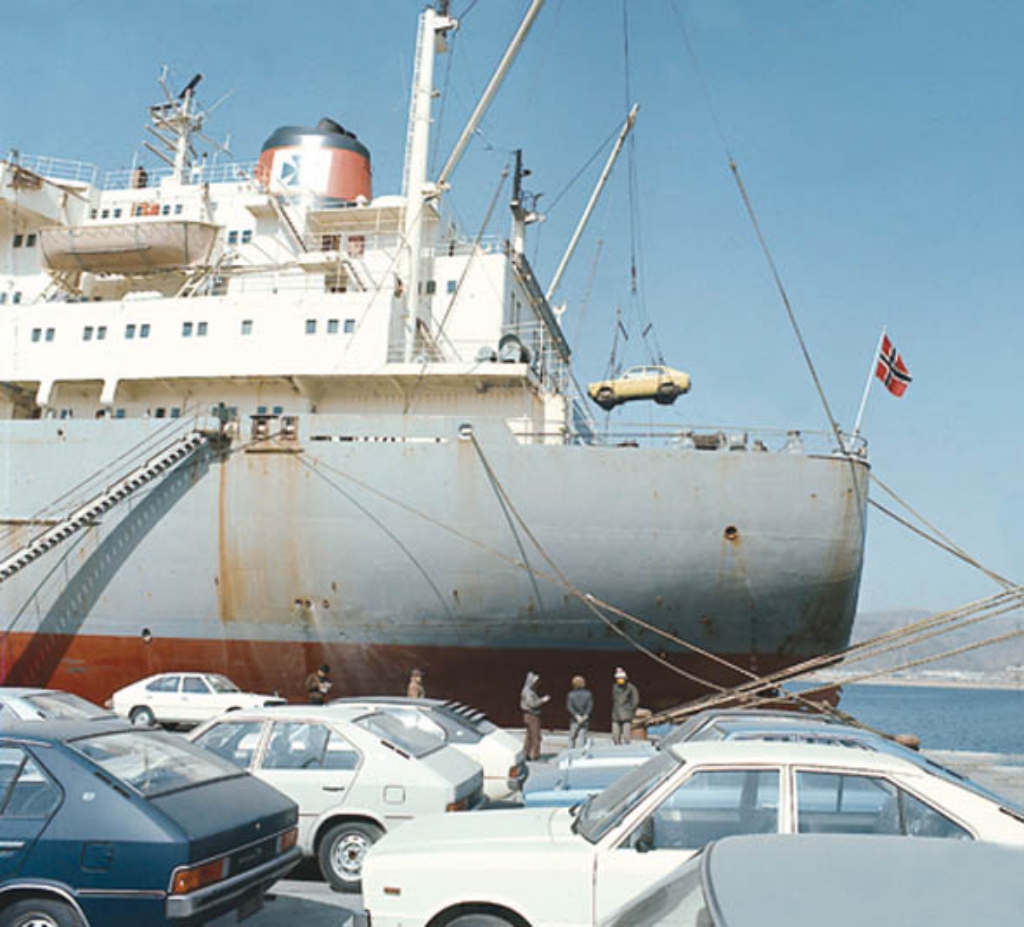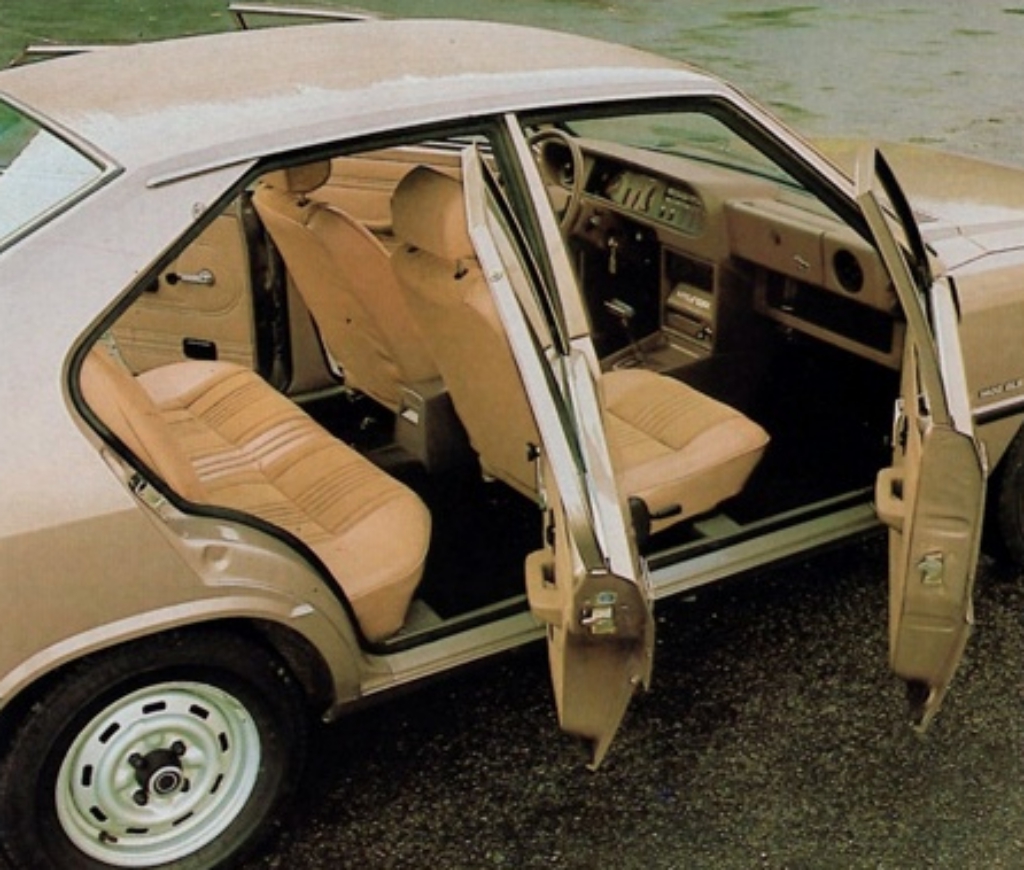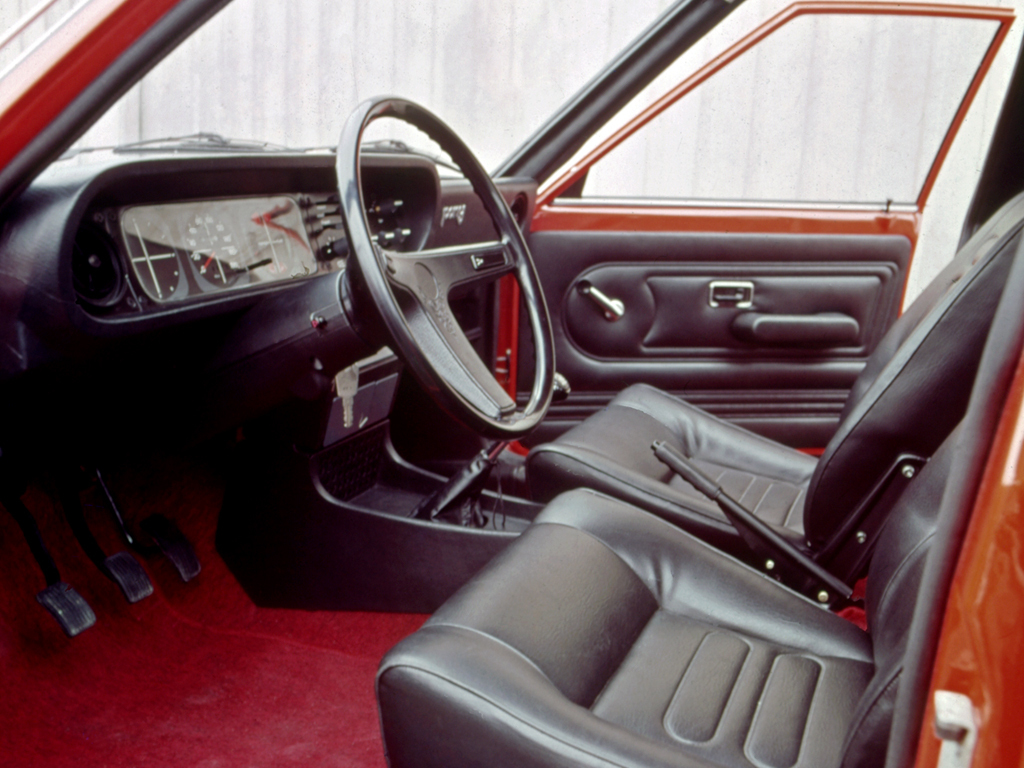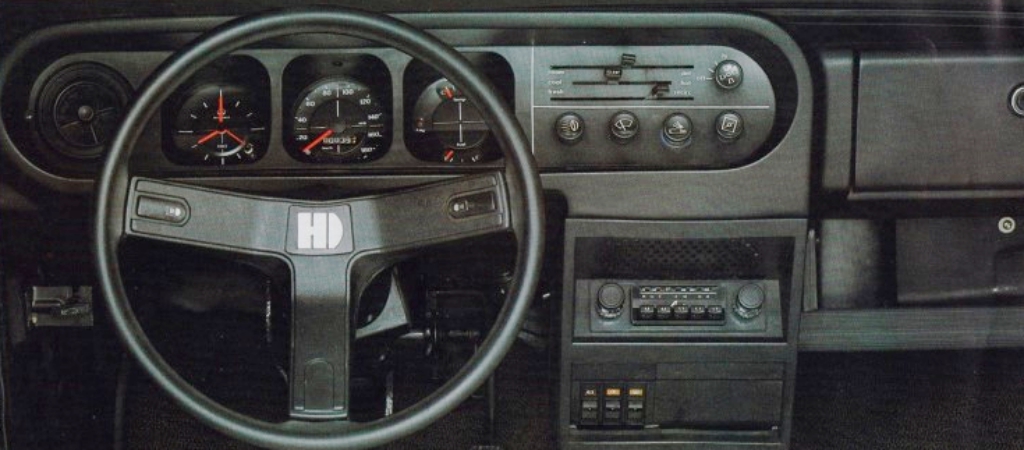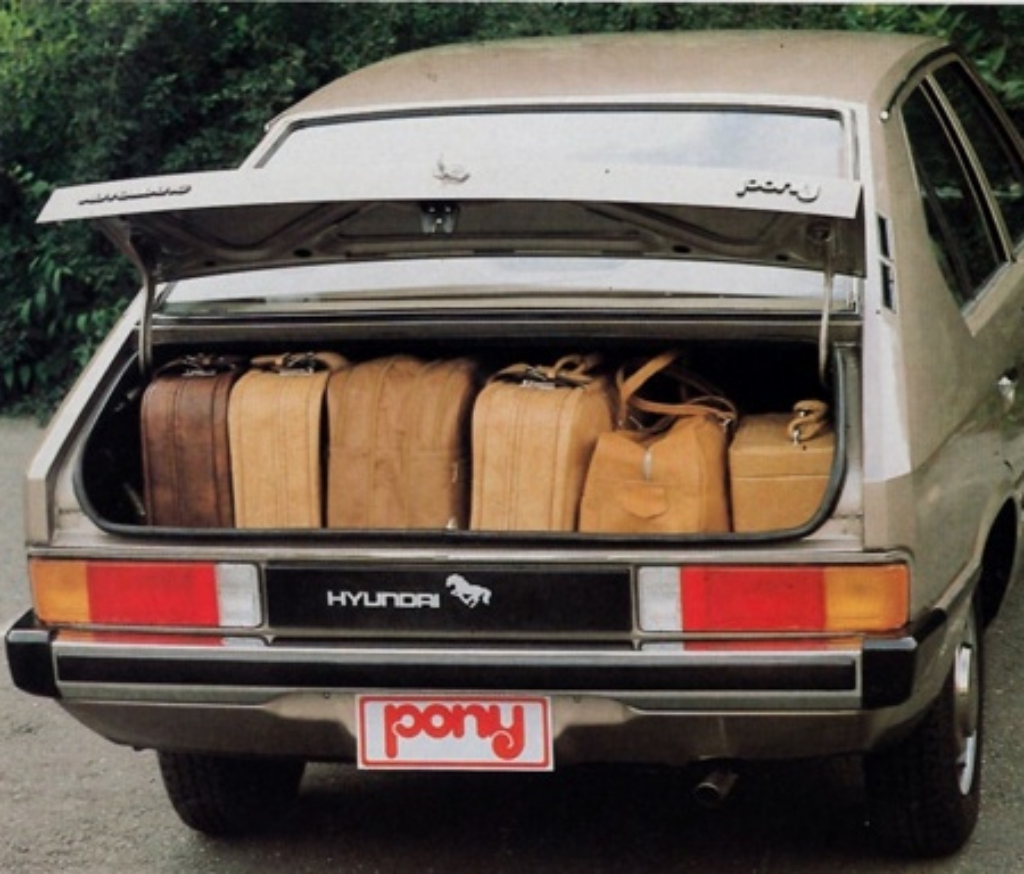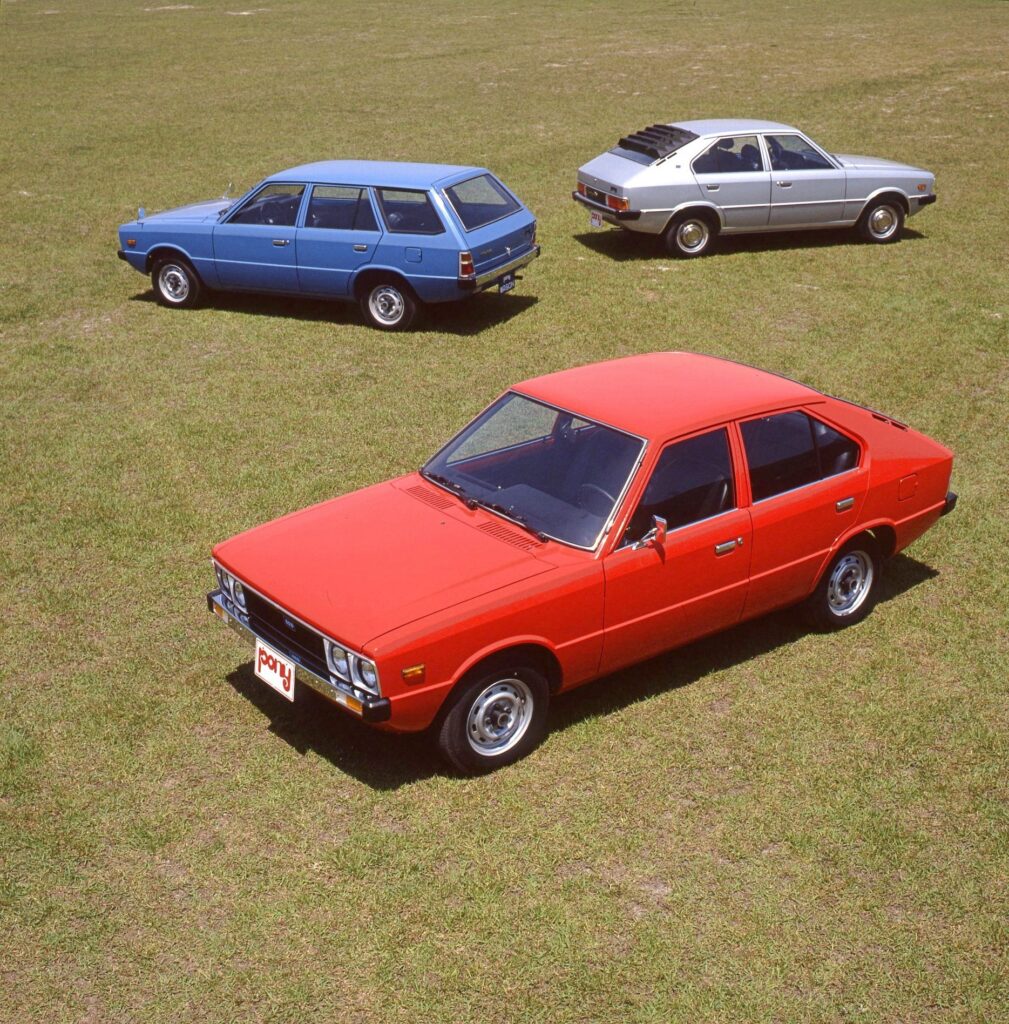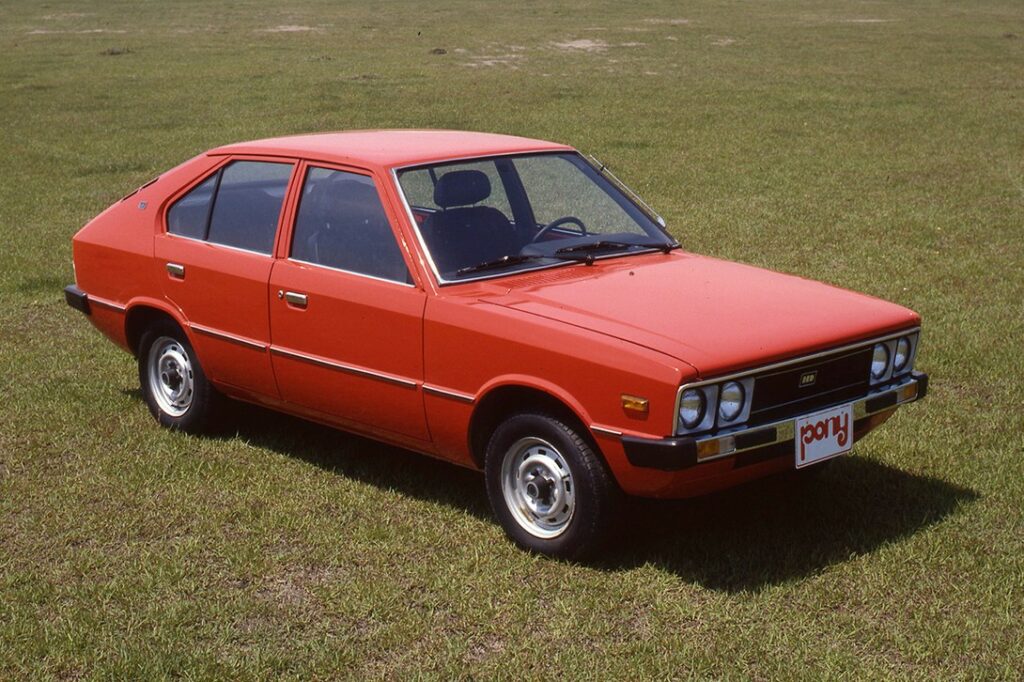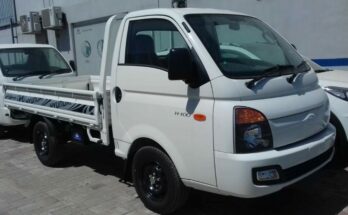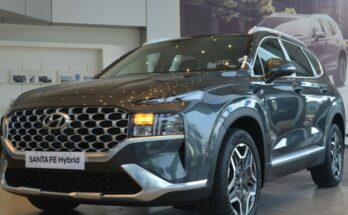Hyundai is considered among the leading automakers of the the world today with some real enthusiast credibility. The South Korean automaker is known for producing some globally popular vehicles such as the Elantra sedan, Tucson crossover, Santa Fe SUV and even performance machines such as Veloster & its N-Line branded variants as well as award-winning Ioniq range of EVs.
But the first car that Hyundai ever produced was the Pony. It was also Hyundai’s first attempt in tapping the global markets as the Pony wasn’t just restricted to its home market, rather it was known as Hyundai’s first-ever export model that was introduced in various parts of the world. So how it all started? Lets have a read.
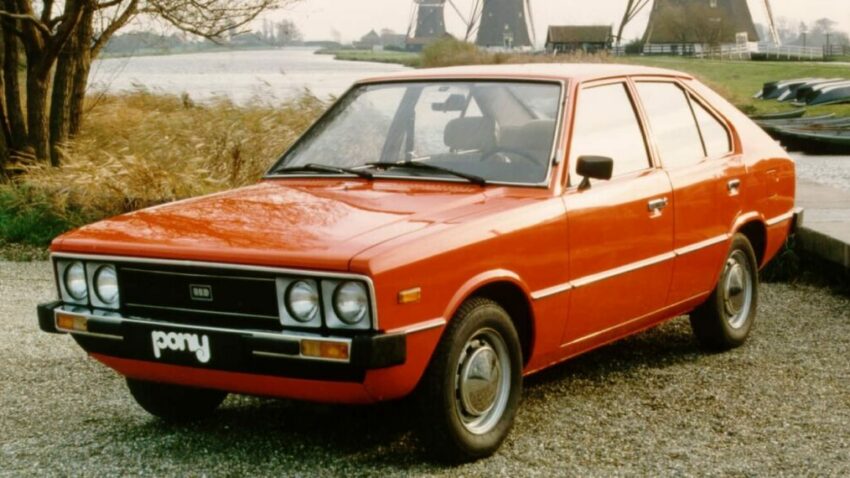
The recipe for the success of South Korean automaker was almost the same as we see with most Chinese automakers of today. That is, to hire renowned & experienced international automotive professionals to lead the vehicle development.

Hyundai which was founded in 1947 as a construction and engineering company, had extended into car manufacturing in 1967 by producing locally built versions of the Ford Cortina under license. But when the company decided to develop its own car, they hired George Turnbull, the former managing director of Austin Morris at British Leyland in 1974. Turnbull in turn hired 5 other top British car engineers, Kenneth Barnett as body designer, engineers John Simpson and Edward Chapman, John Crosthwaite as chassis engineer and Peter Slater as chief development engineer.
Related: The Morris Mini Minor aka Austin Mini
With Turnbull’s experience with the Morris Marina, engines and transmissions from Mitsubishi’s collaboration, some parts from the Ford Cortina they were ready to produce a passenger car but needed something catchy that should pull the attention of the world and demonstrate Hyundai as a serious contender in car making. Hence they approached Giorgetto Giugiaro to design the Hyundai Pony who conceived it as a sharply-styled car with geometric lines, wedge-style nose and circular headlamps. The Pony is best known as the inspiration behind the legendary De Lorean DMC 12 (remember Back to the Future movie?).
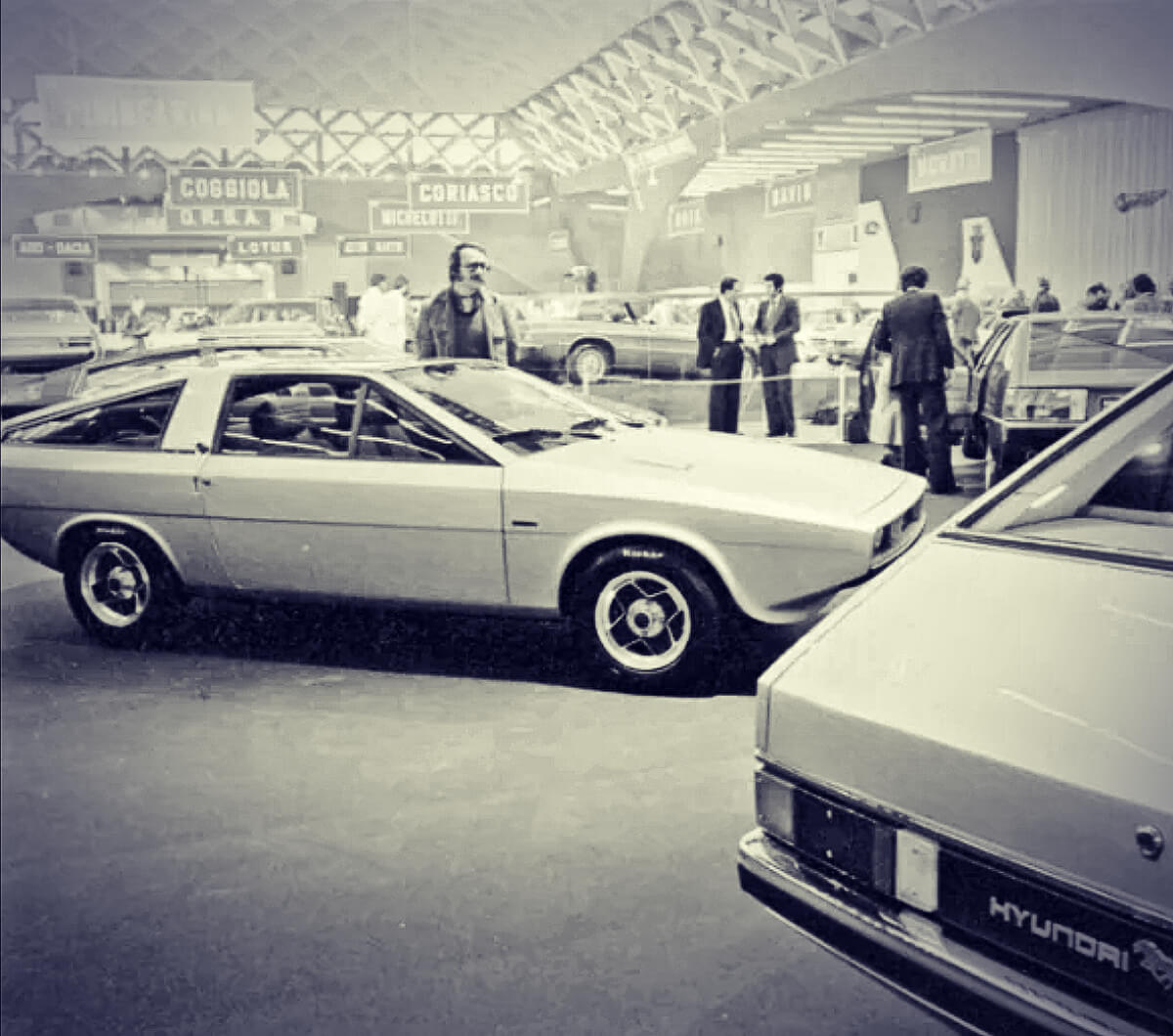
The first Pony concept was displayed at the Turin Motor Show in October 1974 and it went into production by December 1975 as a front engine-rear wheel drive car. However, the production version was quite subtle in design compared to what was showcased as a bold concept at the Turin Show, but the name Pony was retained.

The production version of Pony was loosely based on both the earlier license-built Ford Cortina and the Morris Marina, with former British Leyland engineers being hired by Hyundai to design the car. Under the hood there were Mitsubishi-sourced 4G series engines in 1.2L, 1.4L and 1.6L guises paired with either 4-speed manual or 3-speed automatic transmission.
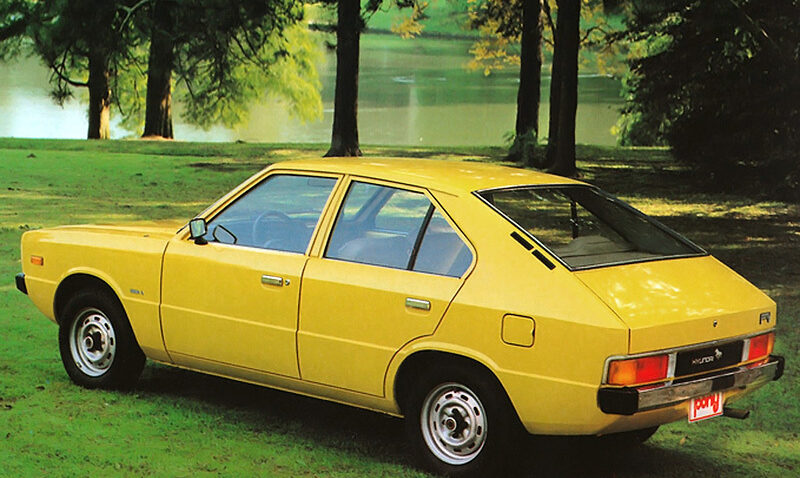
The Pony was focused on the middle class of society and very quickly gained success in the domestic market of Korea. A year later, the export of Pony commenced, as large batches went to many markets in the Middle East, North America, South America, Europe and Africa. Initially the Pony was introduced as a 4-door fastback sedan, then in May 1976 a pickup version was added, in April 1977 a station wagon, and in March 1980 a 3-door hatchback was also added to the lineup.
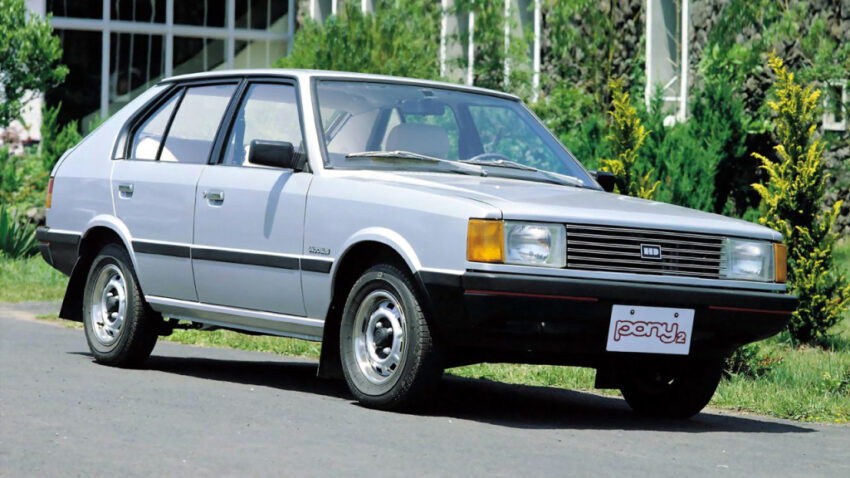
In January 1982, the second generation Pony (called Pony 2) was introduced which was mechanically similar to the first-generation version, but was extensively restyled with only the 4-door liftback and 2-door pickup being offered. It was also known as the very first Hyundai passenger car to appear on Pakistani roads. It was a sturdy car with good mechanical systems all around, a proven Mitsubishi engine under its hood, comfy suspension, good driving position and generous cabin space however it was perhaps its liftback looks and Hyundai’s image as a novice carmaker that hindered Pony in achieving strong sales in our market.

But back in its home market, the Pony helped Hyundai achieve the status of a quality automaker. It immediately became the best-selling car in South Korea, but what is brain-melting is the speed with which Hyundai went from building no cars of their own to mass-production of its first passenger car. Hyundai went from an empty lot to fully-functioning factory in just one year, immediately producing cars at a profit.
Related: Remembering Hyundai Excel from the 90s
The second generation Pony was succeeded by the Hyundai Excel, but during its lifespan, the Pony largely helped Hyundai to imprint its impression as a serious contender on a global level. Hyundai kept using the Pony name on different iterations of its various vehicles for many years, even after the discontinuation of the original Pony.
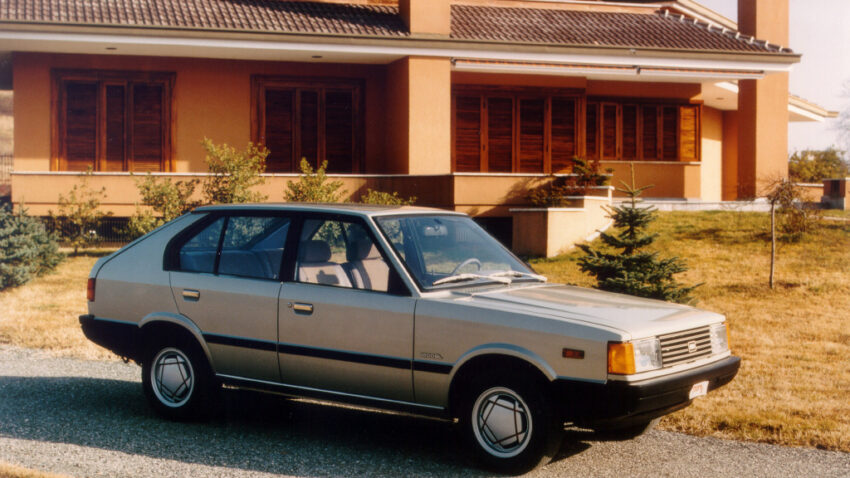
In Europe, the front wheel drive Hyundai Excel was sold under the Pony name from 1985 as a replacement for the rear wheel drive version. The first generation Excel (X1) was called Pony in Europe from 1985 to 1987, and the face-lifted model from 1987-1989 was called the Pony XP. For the second generation Excel (X2), the hatchback versions were called Pony in Europe. The first generation Hyundai Accent was sold as the Pony in France. For the 2nd and 3rd generations, some taxi models of the Hyundai Accent were sold as “Hyundai Super Pony” while the 4th generation used the name “Grand Pony” instead.
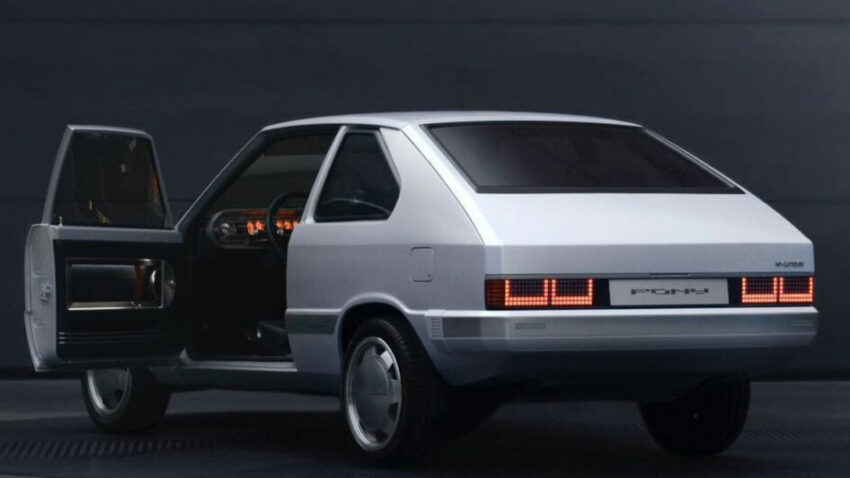
In April 2021, Hyundai displayed the Pony Heritage EV, a restored first-generation Pony converted with an electric vehicle powertrain as a concept, in Hyundai Motorstudio Busan. Recently, the South Korean automaker has announced that it will work with Giorgetto and his son Fabrizio Giugiaro to rebuild the 1974 Pony Coupe Concept.
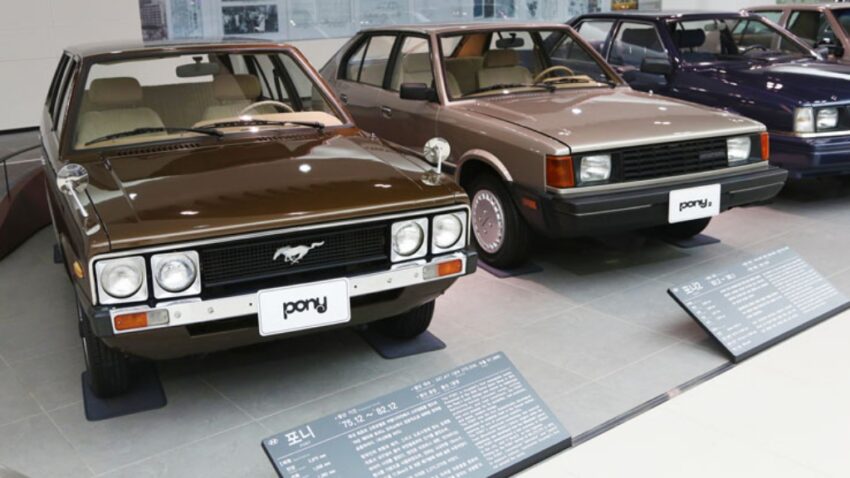
Pony still holds a very special place for Hyundai, as the South Korean automaker describes:
“The Hyundai Pony was Korea’s first mass-produced and exported vehicle and today, it is remembered as a landmark car for Korea. For us at Hyundai, it is the car which propelled us onto the global stage.”

A computer animation professional with over 23 years of industry experience having served in leading organizations, TV channels & production facilities in Pakistan. An avid car enthusiast and petrolhead with an affection to deliver quality content to help shape opinions. Formerly written for PakWheels as well as major publications including Dawn. Founder of CarSpiritPK.com

